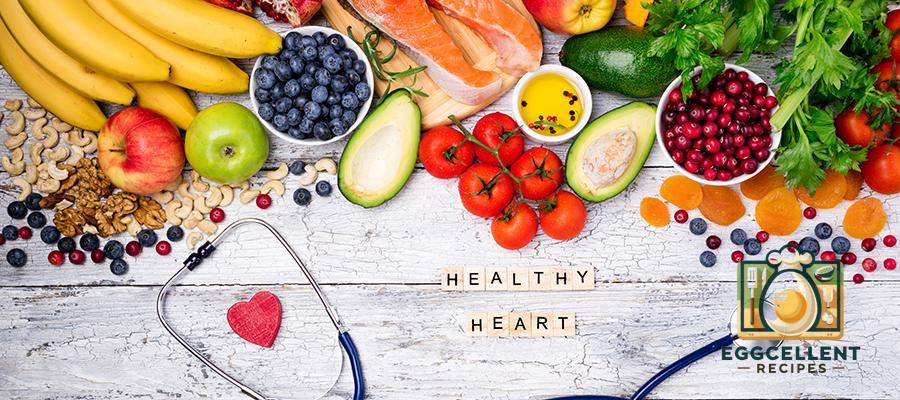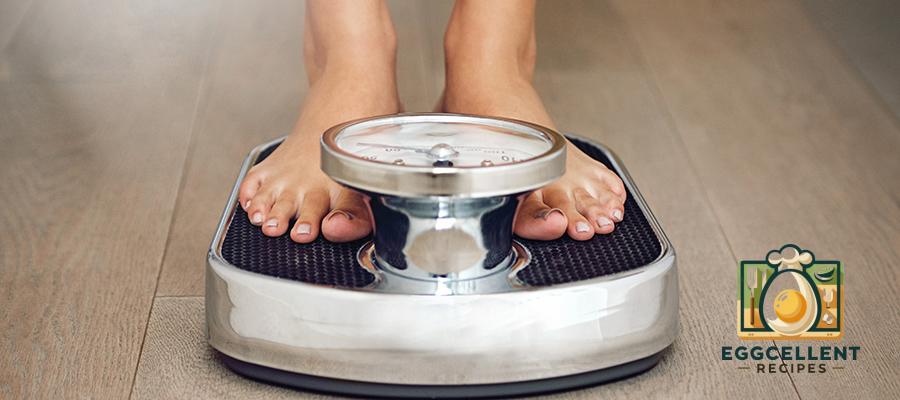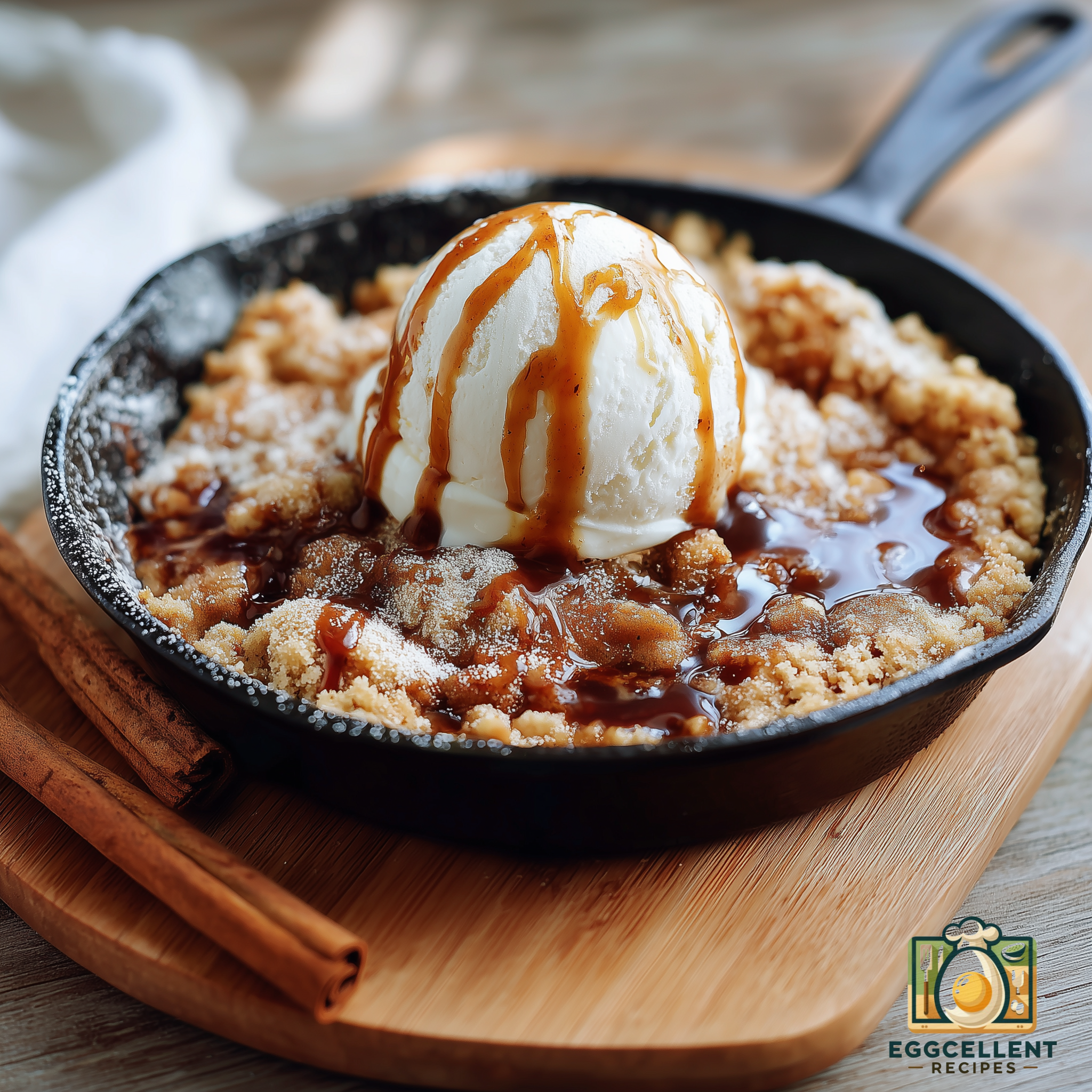
High cholesterol is a common health concern that increases the risk of heart disease, stroke, and other cardiovascular issues. While cholesterol is necessary for your body to function, too much of the wrong kind—specifically low-density lipoprotein (LDL) cholesterol—can clog your arteries and lead to serious health problems. Fortunately, making lifestyle changes, including adopting a heart-healthy diet and exercising regularly, can help naturally lower your cholesterol levels. In this article, we’ll explore effective strategies to lower cholesterol naturally and improve your heart health.
Understanding Cholesterol
Cholesterol is a waxy, fat-like substance produced by your liver and found in certain foods. It is necessary for building cells and producing hormones, but an imbalance in cholesterol levels can lead to health risks. There are two main types of cholesterol:
- LDL (Low-Density Lipoprotein): Often referred to as “bad” cholesterol, high levels of LDL can cause plaque to build up in your arteries, increasing the risk of heart disease and stroke.
- HDL (High-Density Lipoprotein): Known as “good” cholesterol, HDL helps remove LDL cholesterol from your bloodstream, reducing the risk of heart disease.
The key to maintaining healthy cholesterol levels is to reduce LDL cholesterol while boosting HDL cholesterol through dietary and lifestyle changes.
1. Adopt a Heart-Healthy Diet

Diet plays a crucial role in managing cholesterol levels. Incorporating the right foods into your diet can help lower LDL cholesterol and increase HDL cholesterol naturally.
a. Eat More Soluble Fiber
Soluble fiber binds to cholesterol in the digestive system and helps remove it from the body before it can be absorbed into the bloodstream. Foods high in soluble fiber include:
- Oats
- Barley
- Beans and legumes
- Apples
- Oranges
- Carrots
- Sweet potatoes
Tip: Start your day with a bowl of oatmeal, add beans to salads, or snack on fresh fruits like apples and oranges.
b. Incorporate Healthy Fats
Replacing saturated fats with healthier fats can help reduce LDL cholesterol levels. Healthy fats can be found in:
- Avocados
- Olive oil
- Nuts (especially almonds and walnuts)
- Seeds (chia seeds, flaxseeds)
- Fatty fish (salmon, mackerel, sardines)
Tip: Use olive oil for cooking, add avocado to your sandwiches or salads, and include a handful of nuts as a daily snack.
c. Avoid Trans Fats
Trans fats, often found in processed foods and commercially baked goods, raise LDL cholesterol and lower HDL cholesterol, increasing the risk of heart disease. Common sources of trans fats include:
- Packaged snacks (cookies, crackers)
- Fried foods
- Margarine
- Store-bought cakes and pastries
Tip: Read food labels and avoid products with “partially hydrogenated oils,” which indicate the presence of trans fats.
d. Increase Omega-3 Fatty Acids
Omega-3 fatty acids, found in fatty fish and some plant sources, help lower LDL cholesterol and reduce inflammation. Foods high in omega-3s include:
- Salmon, mackerel, and trout
- Flaxseeds
- Chia seeds
- Walnuts
Tip: Aim to eat fatty fish at least twice a week, and add flaxseeds or chia seeds to smoothies, oatmeal, or yogurt.
e. Eat More Plant Sterols and Stanols
Plant sterols and stanols are naturally occurring compounds that help block the absorption of cholesterol in the intestines. They are found in small amounts in foods like:
- Fruits and vegetables
- Nuts and seeds
- Whole grains
- Fortified foods (e.g., some margarines, orange juice, and yogurt)
Tip: Look for products fortified with plant sterols and stanols to help lower cholesterol levels.
2. Exercise Regularly

Physical activity is one of the most effective ways to raise HDL cholesterol while lowering LDL cholesterol. Regular exercise improves blood circulation, reduces fat deposits in the arteries, and enhances heart health.
- Aim for at least 150 minutes of moderate-intensity exercise per week (e.g., brisk walking, swimming, or cycling).
- Strength training two or more days a week can also help improve cholesterol levels.
- Even small bursts of activity throughout the day, like taking the stairs or walking during your lunch break, can add up and make a difference.
Tip: Find activities you enjoy, whether it’s yoga, dancing, or hiking, and make them a part of your routine.
3. Maintain a Healthy Weight

Excess weight, particularly around the abdomen, can raise LDL cholesterol and lower HDL cholesterol. Losing even a small amount of weight—5-10% of your body weight—can make a significant difference in improving cholesterol levels.
- Focus on eating a balanced diet rich in fruits, vegetables, whole grains, and lean proteins.
- Combine regular physical activity with mindful eating habits to achieve and maintain a healthy weight.
Tip: Avoid crash diets and instead focus on sustainable lifestyle changes that promote gradual, healthy weight loss.
4. Quit Smoking

Smoking is a major risk factor for heart disease and has a direct impact on cholesterol levels. Smoking reduces HDL cholesterol, increases LDL cholesterol, and damages the lining of your arteries, making it easier for cholesterol to accumulate and form plaques.
- Quitting smoking can improve your HDL cholesterol levels and reduce your risk of heart disease. Within weeks of quitting, your circulation and lung function start to improve, and over time, your heart health can significantly recover.
Tip: Seek support from friends, family, or a smoking cessation program to help you quit for good.
5. Limit Alcohol Consumption

While moderate alcohol consumption has been shown to increase HDL cholesterol, too much alcohol can raise triglycerides (a type of fat in the blood) and contribute to high blood pressure, obesity, and other health problems.
- For most people, moderate alcohol consumption means up to one drink per day for women and up to two drinks per day for men.
- If you don’t drink alcohol, it’s best not to start solely for heart health benefits.
Tip: If you do choose to drink, opt for heart-healthy options like red wine, which contains antioxidants called polyphenols that may benefit your cardiovascular system.
6. Manage Stress

Chronic stress can negatively impact cholesterol levels by raising blood pressure and triggering unhealthy coping habits, such as overeating or smoking. Managing stress is crucial for overall heart health and well-being.
- Practice stress-reducing techniques like meditation, deep breathing exercises, or yoga.
- Regular exercise, getting enough sleep, and spending time with loved ones can also help you manage stress.
Tip: Consider journaling, engaging in hobbies you enjoy, or seeking support from a therapist or counselor to help manage stress.
7. Stay Hydrated

Drinking enough water throughout the day can help flush out toxins, improve digestion, and promote better circulation, all of which contribute to heart health. Staying hydrated also helps your body function more efficiently, which can support healthy cholesterol levels.
- Tip: Drink water consistently throughout the day and aim for at least 8 cups (64 ounces) of water daily.
Final Thoughts
Lowering cholesterol naturally is possible through a combination of dietary changes, regular exercise, maintaining a healthy weight, and making other lifestyle adjustments. Incorporating heart-healthy foods like oats, fatty fish, nuts, and soluble fiber into your diet can help lower LDL cholesterol while boosting HDL cholesterol. Additionally, staying active, quitting smoking, and managing stress can further support cardiovascular health.
By adopting these healthy habits, you can naturally lower your cholesterol levels, reduce your risk of heart disease, and enjoy a healthier, more energetic life. Remember, it’s always a good idea to work with your healthcare provider to monitor your cholesterol levels and create a personalized plan that works best for you.






